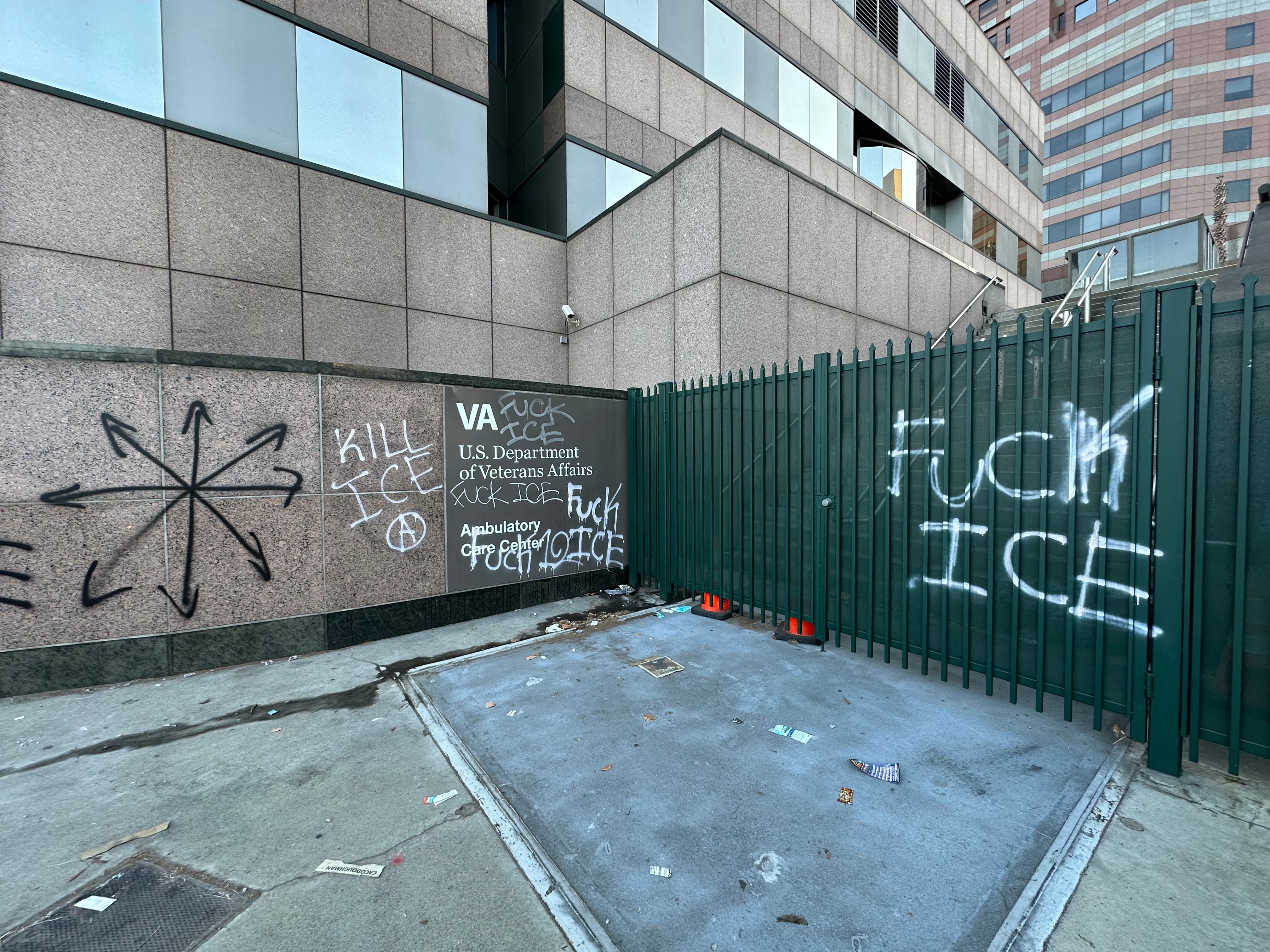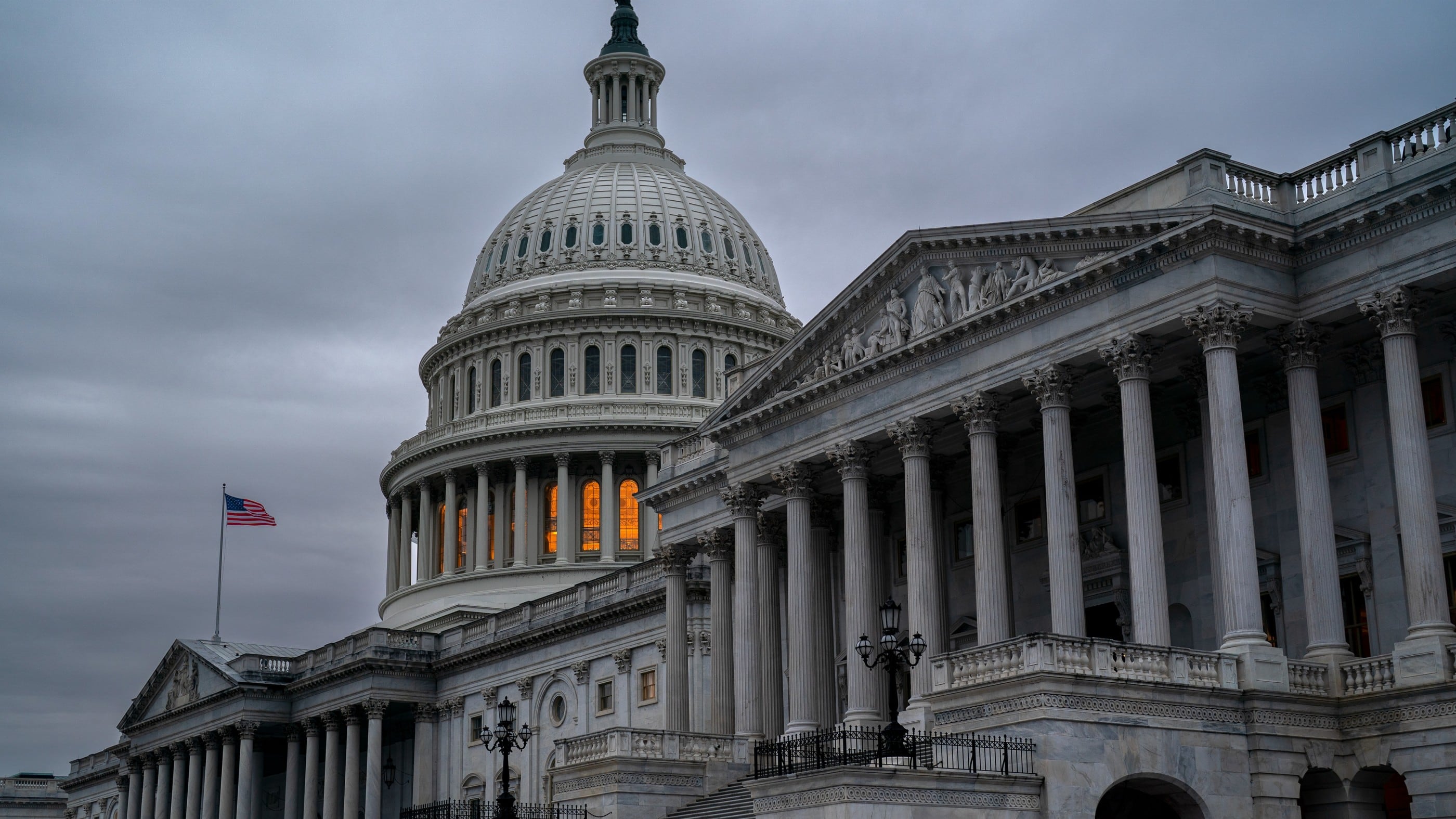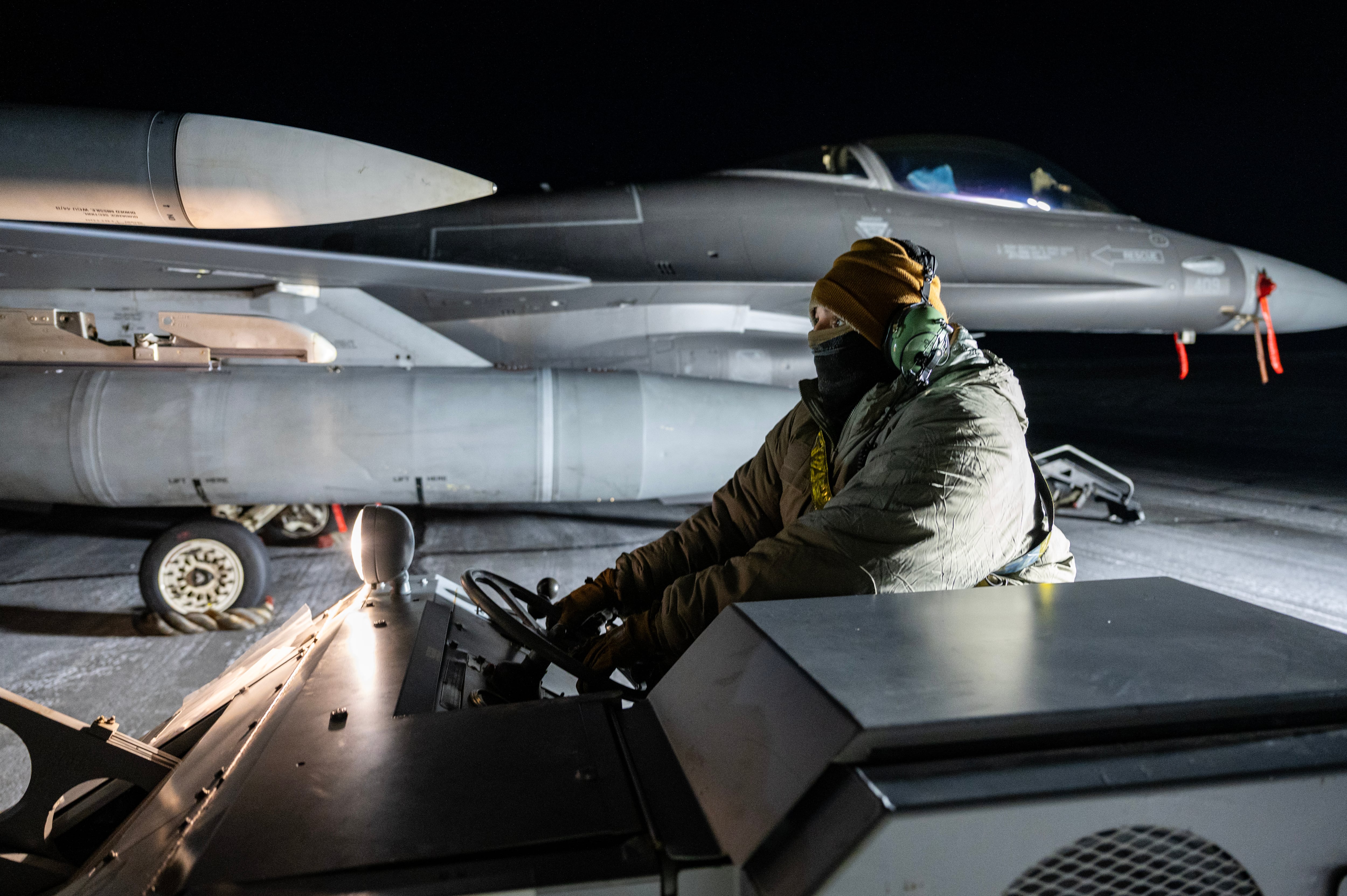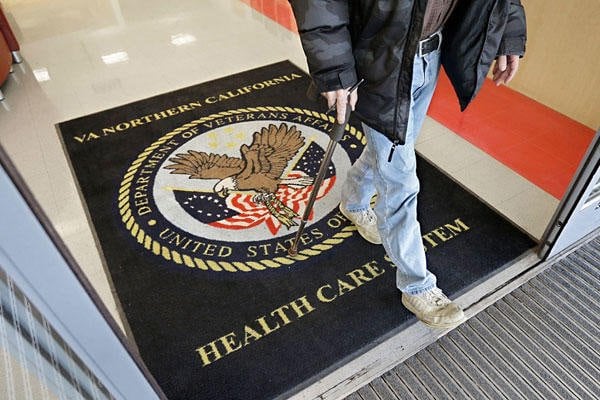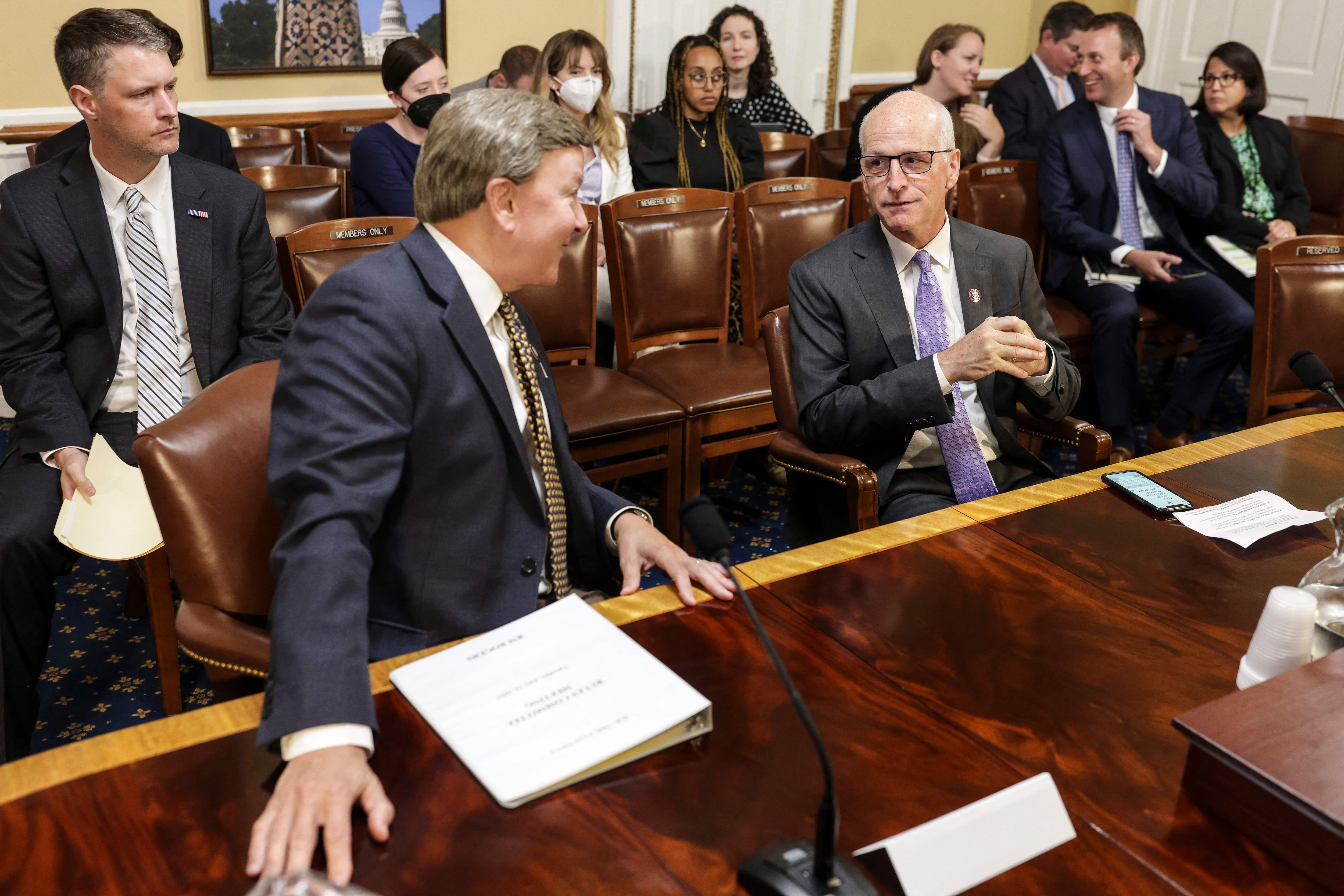Iran isn’t the only adversary the Trump administration has said it is ready to fight. The same day the Pentagon announced Iran’s Quds Force commander Qassem Soleimani was killed, Secretary of Defense Mark Esper said in an interview with Fox News that the U.S. “is prepared to exert military force if needed” against Pyongyang.
But what do Esper’s comments and the confrontation with Iran mean for North Korea and U.S. Indo-Pacific Command, as the U.S. seeks to denuclearize the Korean Peninsula?
So far, military and foreign policy experts don’t expect immediate or major changes from INDOPACOM in dealing with North Korea, nor do they believe that there is yet cause for concern that a similar situation in the Middle East will erupt in the Pacific.
“I think it’s business as usual, but proceed with caution,” Rick Lamb, a retired Army Green Beret command sergeant major, told Military Times.
“It’s the time-tested ‘Ranger Rule’ from the French and Indian War of 1754," said Lamb, who was stationed in South Korea in the 1980s and served as a civilian adviser to Special Operations Command-Korea from 2015 to 2017. “'Have your musket clean as a whistle, hatchet scoured, sixty rounds powder and ball, and be ready to march at a minute’s warning.’ Lean forward...and hang on.”
President Donald Trump has met with North Korean leader Kim Jong Un twice for denuclearization talks, but he ultimately walked away from negotiations with Kim in Hanoi, Vietnam in February 2019 after Kim demanded the U.S. eliminate sanctions on Pyongyang, while only offering to take down a sliver of his regime’s nuclear weapons program.
Although North Korea signaled a “Christmas gift” was headed to the U.S. by the end of the year, a gift was never delivered. Instead, North Korea’s state-run Korean Central News Agency reported on Jan. 1 that Kim vowed his regime would never denuclearize and said Pyongyang will unveil a “new strategic weapon” soon.
Lamb said he expects the “Christmas gift” delay was because either the weapons systems were not ready, or that Kim was offered a concession that hasn’t been made public yet. But if no concessions were offered, Lamb predicted Pyongyang will start making noise again.
“Within the next few months we’ll probably some level of provocation from North Korea short of open conflict — and without the loss of life,” Lamb said. “But only when Kim is ready and if he believes he can get a concession.”
What does this mean for INDOPACOM?
South Korea is home to the largest U.S. military base overseas, Camp Humphreys. In total, there are more than 28,000 U.S. troops stationed in South Korea, and experts remain certain INDOPACOM is prepared to address a variety of scenarios in dealing with a belligerent North Korea.
“I think [INDOPACOM] is concerned with Korea, but also feels fortunate to have plans in place and dedicated commands to fight and win in Korea,” Lamb said. “They will ensure the intelligence, resources and logistics are in place to meet any provocation in Korea while continuing to work with regional partners to build the capacity to thwart an increasingly belligerent China.”
Lamb noted the years he was a civilian adviser to Special Operations Command-Korea marked a period where the U.S. was evaluating deficiencies related to personnel, equipment, infrastructure and other things to fix those weaknesses in the INDOPACOM area of operations.
Lamb also expects INDOPACOM and Special Operations Command Pacific are coordinating with United Nations Command Commander Gen. Robert Abrams — who also serves as the commander of Republic of Korea/U.S. Combined Forces Command — and Special Operations Command Korea Commander Brig. Gen. Otto Liller.
Lamb noted they are the figures who have authority over the troops stationed in South Korea, and call the shots regarding campaign plans.
Kathryn Botto, a research analyst in the Asia Program at the Carnegie Endowment for International Peace, doubts a sudden escalation with North Korea would occur and also stressed INDOPACOM is ready for a wide range of situations.
“We’re always going to be prepared for all of the possibilities. I don’t think anyone would look at the current situation and say there’s some chance of this escalat[ing] to the brink of war like we are right now with Iran,” Botto told Military Times, adding that she believes there are signs North Korea is still interested in taking a diplomatic approach with the U.S.
As far as how the Trump administration’s actions in the U.S. Central Command area of operations impact the Pacific, Botto said she expects the situation in the Middle East will decrease the probability of provocations from Pyongyang.
“Hopefully, INDOPACOM is watching this thinking that North Korea is even less likely to take any harmful action,” Botto said.
That said, Botto said there’s a caveat: she predicted North Korea would view the U.S.’s confrontation with Iran as an indicator Pyongyang should not denuclearize and that the U.S. could not be trusted.
In 2018, the Trump administration withdrew from the 2015 Iran nuclear deal known as the Joint Comprehensive Plan of Action that put limits on Iran's nuclear program in exchange for devastating sanctions. Sanctions were subsequently reimposed against Iran.
Ultimately, Lamb said Kim knows going head to head in war with the U.S. will not render favorable results for him or his regime.
“At the end of the day, Kim understands that he would lose a war with the U.S./[United Nations Command] and South Korea,” Lamb said. “A war will bring an end to him and his regime.”
INDOPACOM did not respond to a request for comment from Military Times.
What should the U.S. and INDOPACOM do?
Despite expert’s assurance that the U.S. and INDOPACOM is well-positioned should tensions ramp up with North Korea, there are a number of steps the U.S. should take in the meantime, according to retired Army Col. David Maxwell.
Maxwell, who has several decades of military service in Asia under his belt and is now a senior fellow at the Foundation for Defense of Democracies, said R.O.K./U.S. Combined Forces Command should work with INDOPACOM and continue to “surge” intelligence, surveillance and reconnaissance assets to monitor signals of action from Pyongyang.
“The R.O.K./U.S. Combined Forces Command should also present options to the R.O.K./U.S. Military Committee for increasing readiness exercises and its deterrent posture,” Maxwell said.
Likewise, now is the time to evaluate what assets from INDOPACOM’s area of operations and what assets from bases in the U.S. should be deployed within or nearby the Korean theater of operations, he said.
Maxwell also said joint military air exercises should resume to promote deterrence and to safeguard South Korea. In November, Esper indefinitely delayed the Combined Flying Training Event with U.S. and South Korean troops, and hailed the decision at the time as an “act of goodwill” toward North Korea.
According to Maxwell, the most important thing that the U.S. can do though is have the R.O.K/U.S. Combined Forces Command increase military messaging toward North Korea to demonstrate strategic reassurance and strategic resolve.
As an example, he said the U.S. military should direct its messaging toward “second-tier leadership” — those in North Korea who have military power but are not considered part of the elite — to make sure they understand not attacking South Korea will guarantee their welcome in a united Korea.
Likewise, he said it is critical to provide these military leaders with options as they navigate insecurity in Pyongyang.
“It is long past time to develop a robust combined information and influence campaign to target the elite, the second tier military leadership, and the Korean people living in the North with the right themes and messages,” Maxwell said.
How will Kim Jong Un respond?
Experts believe that Kim is observing how the U.S. has responded to escalations in Iran, such as killing Soleimani after the U.S. Embassy in Baghdad was attacked, and understands there would be consequences for any significant provocation.
“Kim Jong Un doesn’t have a deathwish, I think he’s very aware that any major escalation would result in the U.S. responding quite harshly,” Botto said.
According to Maxwell, it remains a question mark whether the conflict between the U.S. and Iran will motivate Kim to keep a low profile or initiate a test of a new weapon — now that he is no longer in the spotlight.
“Assuming he is going to demonstrate his new ‘strategic weapon’ sometime in the near future will Soleimani’s death speed up or slow down the timing of the demonstration?” Maxwell said. “On the one hand he may be like a child acting out and calling for a return of the attention to him. On the other, he might be wise to delay until excitement over Soleimani dies down.”
Meanwhile, Lamb anticipates that Kim may attempt to ramp up rhetoric surrounding a united Korea in an attempt to push South Korea away from the U.S.
“I believe Kim moves regularly under heightened security,” Lamb said. “I think he definitely worries about ordnance coming his way. We may see him increase detente with South Korea to leverage ‘One Korea’ sentiment, tug at heartstrings, and drive a wedge between the U.S. and South Korea.”
But overall, Lamb is skeptical Kim will use the situation in the Middle East as a way to seek influence and instead, will monitor Trump’s behavior.
“I think Kim is watching President Trump closely and his perceptions will inform his actions,” Lamb said.
“I doubt that he leverages the chaos in the Middle East, he doesn’t want to share the stage,” Lamb said. “He’s more likely to monitor it and learn how President Trump operates.”




